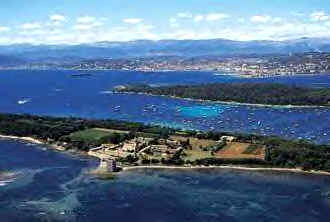|
|
Cassian, Corvina, Paris, 1498 |
|
|
Cassian, Corvina, Paris, 1498 |
JOHN CASSIAN was one of the first to make available to the Latin-speaking West the practices, sayings, and rules of the Eastern monastic tradition. Born around 360, probably in what is now Romania; the bilingual character of his birthplace undoubtedly helped facilitate his great work of translating the best of Egyptian monastic tradition into Latin.
|
|
|
As a young man he joined a monastery in Bethlehem; but after some time there he left, together with his friend Germanus, to study monasticism in Egypt. They promised their superiors in Bethlehem that they would return; and their eventual decision not to do so later caused them both qualms of conscience.
During the 390s Cassian and Germanus travelled widely in monastic Egypt, spending considerable time south of Alexandria in the circle of Evagrius Ponticus in the hermit-community of Kellia near Nitria, but also spending time in the more remote monasteries of Scetis or Skete in the area now known as the Wadi-Natrûn. Despite the great debt Cassian undoubtedly owed to his master, Evagrius, he never mentions him by name; presumably because of the suspicion that hovered around Evagrius' writings as a result of the origenist controversies.
Cassian and Germanus left Egypt, probably in the company of the exiled origenist monks, in the wake of the first origenist crisis in 399. Around 403 they were in Constantinople, perhaps attracted by the reputation of John Chrysostom, who ordained Cassian a deacon. Following the condemnation and exile of Chrysostom, they were sent by his adherents on an embassy to Rome around 405 to request the intervention of Pope Innocent I. Little is known of Cassian during the next ten years; but it is possible that he remained in Rome until the approach of the Goths under Alaric.
|
|
After leaving Rome Cassian eventually settled in Massilia (Marseilles), where he founded two monasteries, one for men (St. Victor), and the other for women.
 |
|
Around the year 420, at the request of Bishop Castor of Apta Julia in Gallia Narbonensis, he wrote the Institutes, in twelve books. The Institutes are addressed chiefly to cenobites, and describe (primarily Egyptian) eastern monastic practices and methods of prayer, and portray the monk's struggle against the eight principal vices. Much of this work is based on treatises by Evagrius Ponticus, especially the Praktikos. Cassian then wrote the Conferences, addressed ostensibly to hermits, in which he addresses a wide variety of themes in monastic spiritual theology. Both these works have been of supreme importance and influence in the Christian West, being recommended for daily reading by St. Benedict and approved by the founders of all the great religious orders.
Around 429 Cassian wrote his least-successful treatise, On the Incarnation of Christ, a polemic against Nestorius, which Cassian undertook at the instigation of the later Pope Leo the Great.
|
|
|
This Webpage was created for a workshop held at Saint Andrew's Abbey, Valyermo, California in 1993